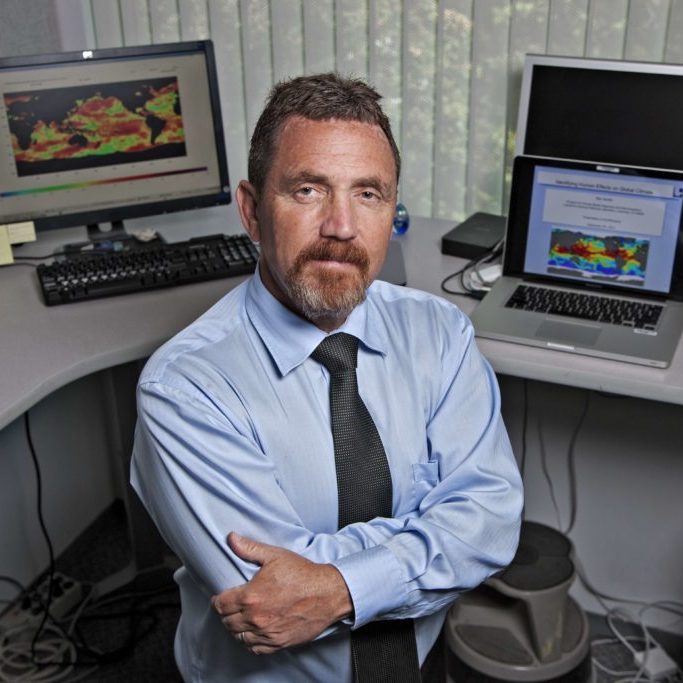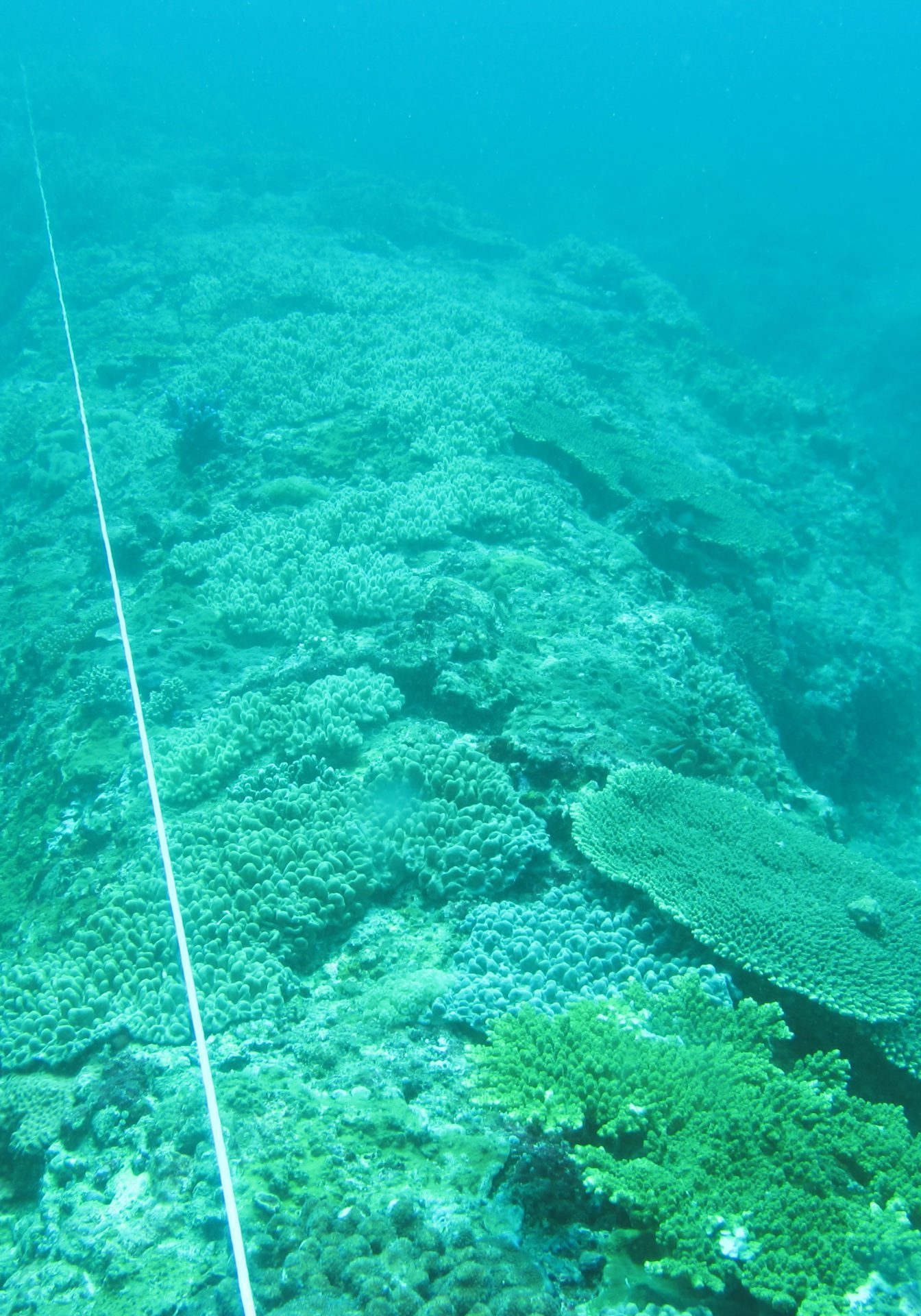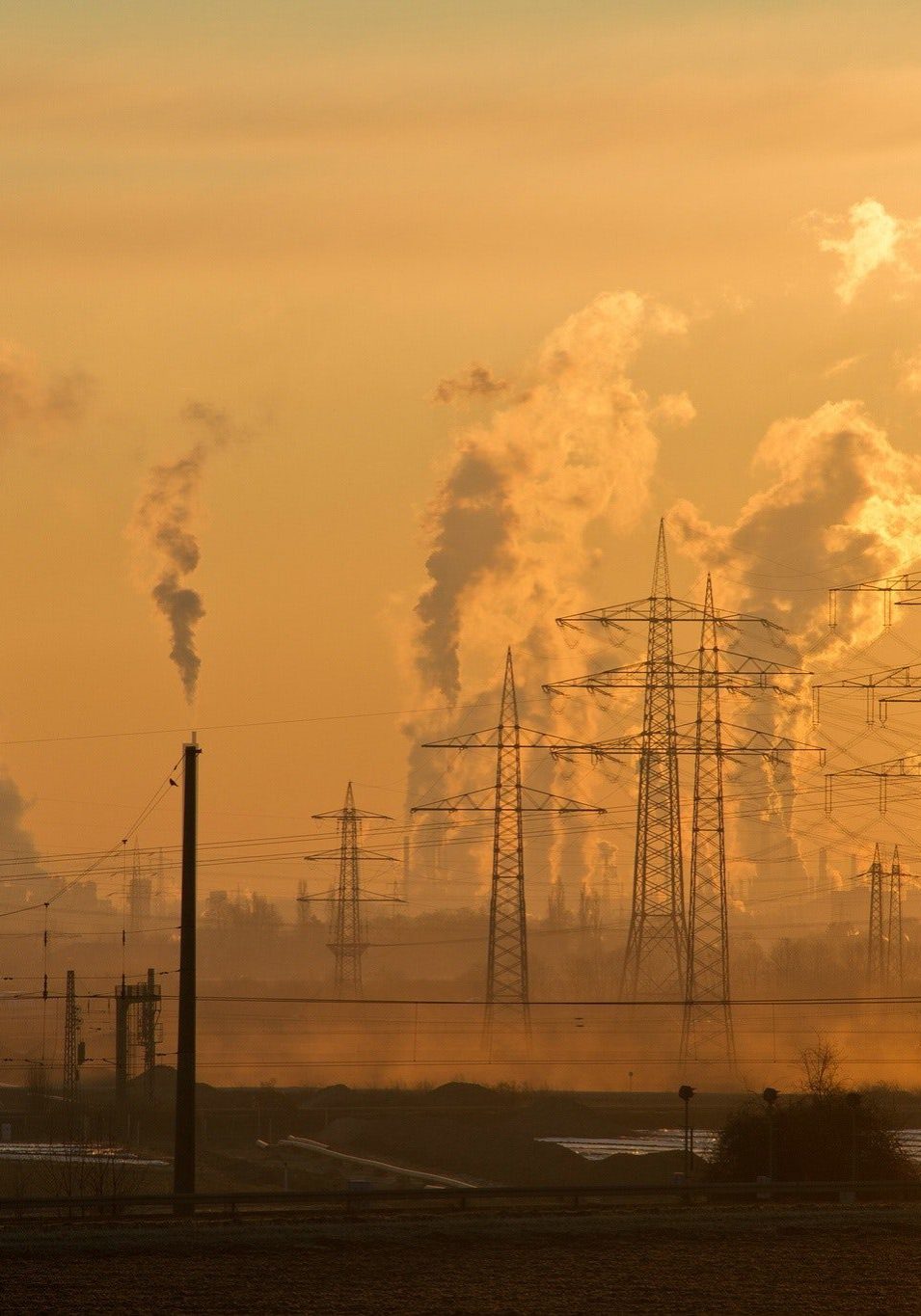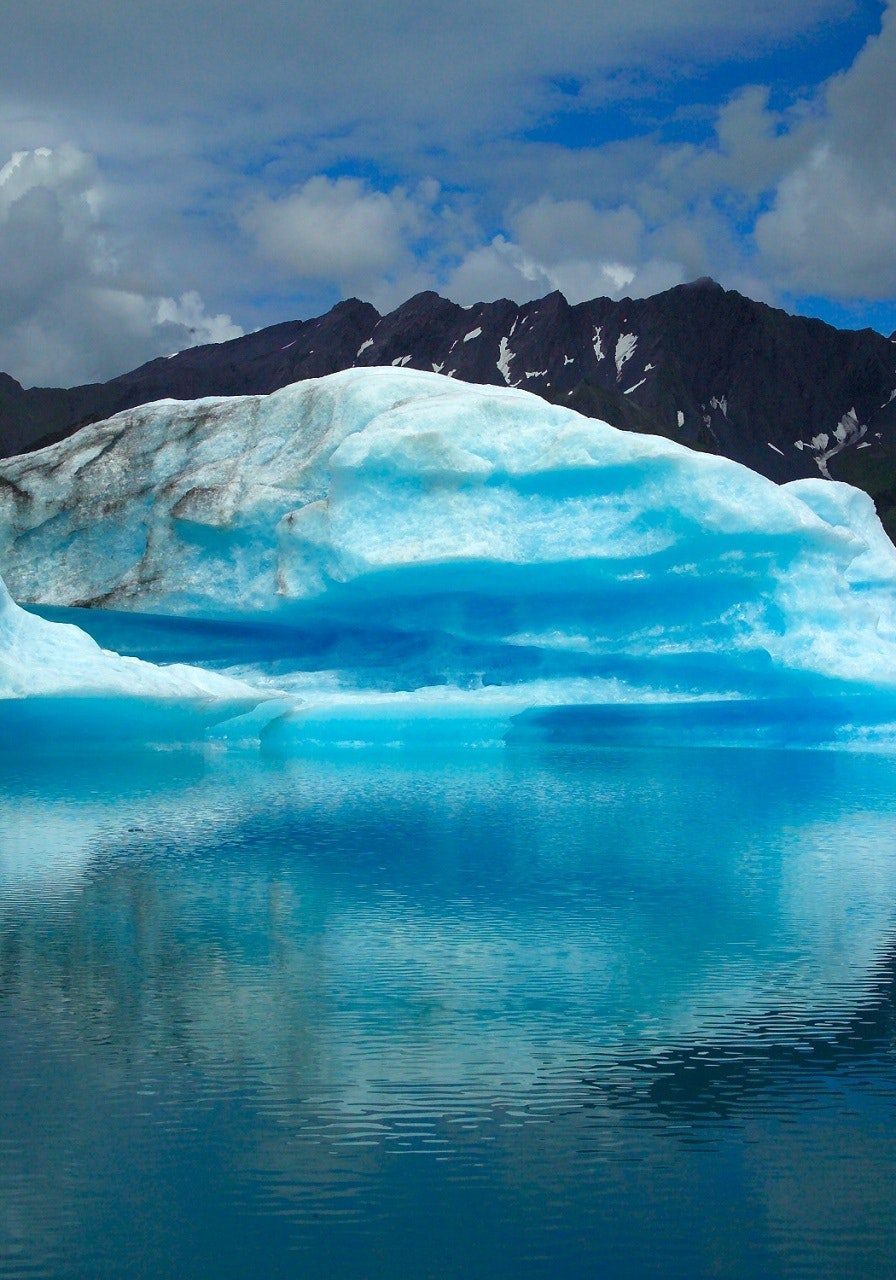Scholar in Residence
Benjamin David Santer is the Center′s first Francis E. Fowler IV Distinguished Scholar in Residence. Santer is an atmospheric scientist who uses numerical models to study natural and human-caused “fingerprints” in the climate system.

Santer is spending two months each year in WHOI’s Department of Physical Oceanography, working on collaborative research projects and building relationships for future partnerships. While at WHOI, he is applying “fingerprinting” approaches to the ocean, with the goal of identifying which surface and deep-ocean changes are occurring as a result of rising greenhouse gas concentrations in the atmosphere, as distinct from natural variability.
Santer’s early research contributed to the historic 1995 conclusion of the Intergovernmental Panel on Climate Change (IPCC) that “the balance of evidence suggests a discernible human influence on global climate,” and he was lead author of a key chapter of that IPCC report. Santer has received a number of awards for his research, including a MacArthur Fellowship in 1998, membership in the U.S. National Academy of Sciences in 2011, and the Sigma XI William Procter Prize for Scientific Achievement in 2019. He earned a doctorate in climatology from the University of East Anglia, England, in 1987, after which he spent five years at the Max-Planck Institute for Meteorology in Germany, where he worked on developing and applying climate fingerprint methods. Santer retired from a distinguished, nearly 30-year career at Lawrence Livermore National Laboratory in 2021.

Project 1: “Fingerprinting” the ocean
Summary
A 2022 study by Santer and colleagues identified human “fingerprints” in the changing seasonal cycle of tropospheric temperature. Seasonal cycle fingerprints were obtained from large ensembles of computer simulations performed with five different Earth System Models. The fingerprints of human influence predicted by the Earth System Models were robustly identifiable in satellite tropospheric temperature data sets, and in over 200 individual realizations of historical climate change obtained from the computer simulations. Robust identification occurred because the distinctive, global-scale fingerprint patterns were spatially dissimilar to the smaller-scale patterns of seasonal temperature variability associated with the Atlantic Multidecadal Oscillation (AMO) and the El Niño/Southern Oscillation (ENSO). The results from Santer’s 2022 study suggest that basic physical processes dictate a common pattern of human-caused seasonal-cycle changes in observations and in the five large ensembles of computer simulations. The key physical processes involved include greenhouse gas-induced expansion of the tropics, lapse-rate changes, land-surface drying, and sea-ice decrease.
Similar fingerprint work has not been done in the ocean. During his residency, Santer is applying the approach described in his 2022 study to simulated and observed changes in sea surface temperatures. The goal is to determine whether there is a robust, statistically-identifiable fingerprint in the seasonal cycle of sea surface temperatures, consistent with his findings for tropospheric temperature. Since sea surface temperatures and tropospheric temperature are measured independently, the sea surface temperature investigation provides a useful check on the credibility of the tropospheric temperature results. WHOI expertise in monitoring, analysis, and physical interpretation of observed sea surface temperature changes is proving to be a valuable asset for this project.
Project 2: Modulation of internal variability by external forcing
Summary
Large ensembles of computer simulations are a valuable but under-utilized tool for addressing the question of whether human-caused changes in climate alter the properties of major modes of natural internal climate variability. Large ensembles of computer simulations provide many different realizations of historical climate change. Each realization is generated with the same climate model and the same historical changes in external forcings—such as forcing by greenhouse gases, particulate pollution, volcanic activity, and solar irradiance—but is initiated from different initial conditions of the atmosphere and/or ocean. These initial differences amplify over time. In consequence, each realization of a large ensemble of computer simulations has a unique sequence of natural internal variability (“noise”) superimposed on the underlying climate response to changes in historical external forcings (“signal”). If external forcing modulates the behavior of major modes of variability (such as seasonal temperature variability associated with AMO and ENSO), the variability between different realizations of a large ensemble will differ significantly from the “pure” internal variability produced by the same climate model in a long control run, in which there are no year-to-year changes in external forcings.
Together with his colleague Giuliana Pallotta, of Lawrence Livermore National Laboratory, Santer is investigating whether external forcing significantly alters the internal variability of tropospheric temperature and sea surface temperature. They are performing this research using the five large ensembles mentioned in Project 1. Their research could be of interest to WHOI researchers, such as Amala Mahadevan and her colleagues, who are studying interactions between different modes of internal variability. Santer’s visit to WHOI is providing him with the opportunity to collaborate with WHOI faculty and students on issues related to the causes of changes in ENSO, AMO, and other key modes of internal climate model variability.


Project 3: Marine heatwaves
Summary
Santer is an unfunded co-investigator on a proposal recently submitted to NASA and led by Carl Mears at Remote Sensing Systems (RSS) in Santa Rosa, California. The proposed project uses a variety of different observational products (e.g., satellite-derived surface winds and sea surface temperatures) along with results from Phase 6 of the World Climate Research Program’s Coupled Model Intercomparison Project (CMIP6) to investigate physical processes involved in the genesis of marine heatwaves. The project also explores the statistical properties of marine heat waves and considers how reliably observed marine heat wave properties are portrayed in CMIP6 models.
Marine heatwaves are an area where WHOI has considerable expertise and interest—in terms of process studies, relevant observations, and investigation of impacts on marine ecosystems. During his residency, Santer is identifying marine heatwave-related research areas of mutual interest to WHOI and to the goals of the NASA proposal.
Project 4: Extension of “vertical fingerprinting” to the mid- to upper stratosphere
Summary
The vertical structure of atmospheric temperature change provided one of the earliest pattern-based fingerprints of human effects on climate. Key features of this fingerprint are global-scale tropospheric warming and stratospheric cooling. Current climate models are highly unlikely to produce sustained, large-scale tropospheric warming and stratospheric cooling by natural causes alone.
One problem with previous “vertical fingerprint” studies is that observed atmospheric temperature changes are typically characterized with data from weather balloons or satellite-based Microwave Sounding Units (MSUs) and Advanced MSUs (AMSUs). This imposes an upper limit of roughly 25 kilometers on the altitude range over which modeled and observed atmospheric temperature changes have been compared. This limit has practical implications for anthropogenic signal detection. Radiosondes and MSU/AMSU can sample cooling of the lower stratosphere (between roughly 15 to 25 km), which is primarily driven by human-caused ozone depletion. Radiosondes and MSU/AMSU cannot, however, observe the mid- to upper stratosphere (between roughly 25 to 50 km) where a large cooling signal is expected to occur as a direct radiative response to human-caused increases in atmospheric CO₂ levels.
It is now feasible to extend vertical fingerprint studies to the mid- to upper stratosphere using temperature information from the satellite-based Stratospheric Sounding Unit (SSU). Santer is currently pursuing the SSU-based extension of vertical fingerprinting in collaboration with Susan Solomon at MIT, Cheng-Zhi Zou at NOAA, and Stephen Po-Chedley at Lawrence Livermore National Laboratory. Santer is taking advantage of his residency at WHOI to spend several days at MIT and continue working on this project with Solomon. Although this study deals exclusively with the atmosphere, it may be of some interest to WHOI scientists and students. Similar “fingerprint” analyses may be feasible with the vertical structure of ocean temperature changes.

